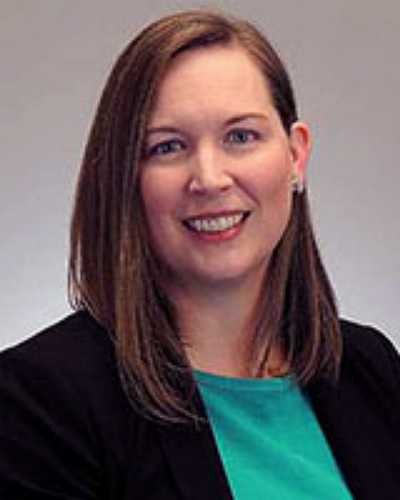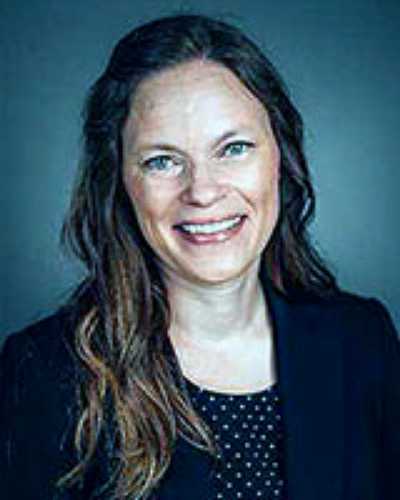Now published, see the full article 
Early Abstract:
Introduction: Rural areas worldwide face a general surgeon shortage, limiting rural populations’ access to surgical care. While individual and practice-related factors have been well-studied in the US, we need a better understanding of the role community characteristics play in surgeons’ location choices. This study aimed to understand the deeper meanings surgeons associated with community characteristics in order to inform efforts spanning the rural surgeon workforce pathway, from early educational exposures and undergraduate and graduate medical education to recruitment and retention.
Methods: We conducted a qualitative, descriptive interview study with general surgeons in the Midwestern United States about the role and meaning of community characteristics, exploring their backgrounds, education, practice location choices, and future plans. We focused on rural surgeons and used an urban comparison group. We used convenience and snowball sampling, then conducted interviews in-person and via phone and digitally recorded and professionally transcribed them. We coded inductively and continued collecting data until reaching code saturation. We used thematic network analysis to organize codes and draw conclusions.
Results: A total of 37 general surgeons (22 rural and 15 urban) participated. Interviews totaled over 52 hours. Three global themes described how rural surgeons associated different, often deeper, meanings with certain community characteristics compared to their urban colleagues: 1) physical environment symbolism, 2) health resources’ relationship to scope of practice, and 3) implications of intense role overlap (professional and personal roles). All interviewees spoke to all three themes, but the meanings they found differed importantly between urban and rural surgeons. Physical landscapes and community infrastructure were representative of autonomy and freedom for rural surgeons. They also shared how facilities, equipment, staff, staff education, and surgical partners combined to create different scopes of practice than their urban counterparts experienced. Often, rural surgeons found these resources dictated when they needed to transfer patients to higher-acuity facilities. Rural surgeons experienced role overlap intensely, as they cared for patients who were also friends and neighbors.
Conclusion: Rural surgeons associated different meanings with certain community characteristics than their urban counterparts. As they work with prospective rural surgeons, educators and rural communities should highlight how health resources can translate into desired scopes of practice. They also should share with trainees the realities of role overlap, both how intense and stressful it can be but also how gratifying. Educators should include the rural social context in medical and surgical education, looking for even more opportunities to collaborate with rural communities to provide learners with firsthand experiences of rural environments, resources, and role overlap.
Keywords: community resources, general surgery, health workforce, rural health, rural population, surgeons



